P1 Booklet 1- Density
1/13
There's no tags or description
Looks like no tags are added yet.
Name | Mastery | Learn | Test | Matching | Spaced |
|---|
No study sessions yet.
14 Terms
Density
The mass per unit volume of a material
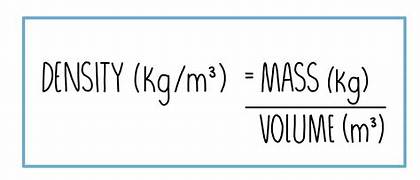
Density equation
D = M/V
Units for density
Kg/m3 and g/cm3

Density description
Solids are more dense than liquids.
Liquids are more dense than gases.
This is because the particles are more tightly packed.
Mass
Mass is the amount of matter a subject contains. (Mass of an object remains constant - it doesn’t change)
Apparatus for working out mass.
Digital balance.
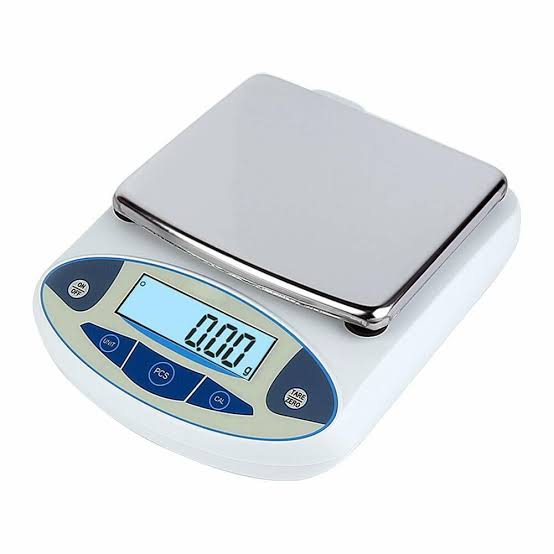
Units for mass
Grams (g) & Kilograms (kg)
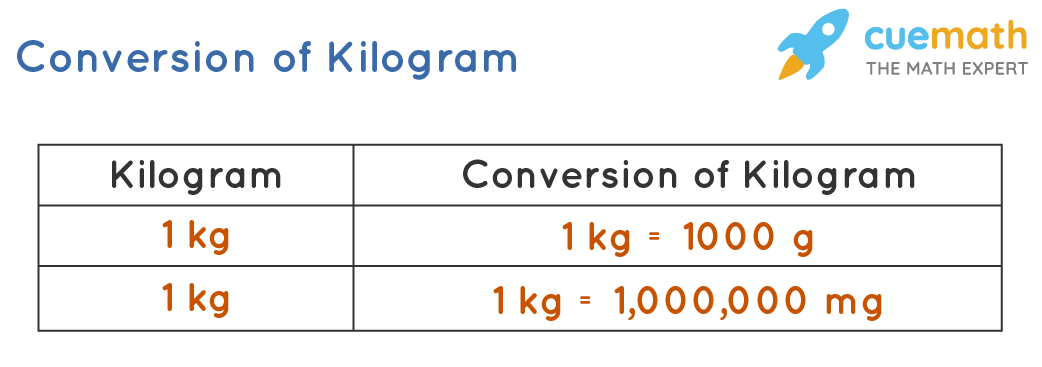
Volume
The amount of space an object or substance occupies.
Equation for volume.
V = l x b x h
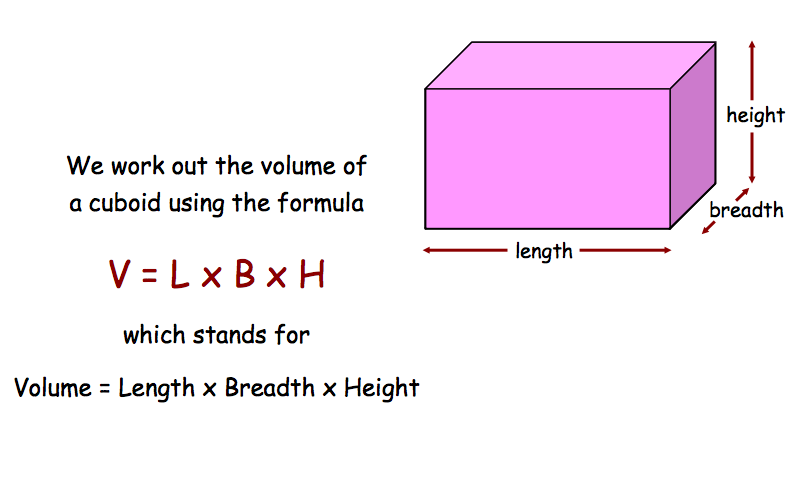
What is volume measured in?
mm³ or cm³ or m³
What are the units of volume?
l or ml
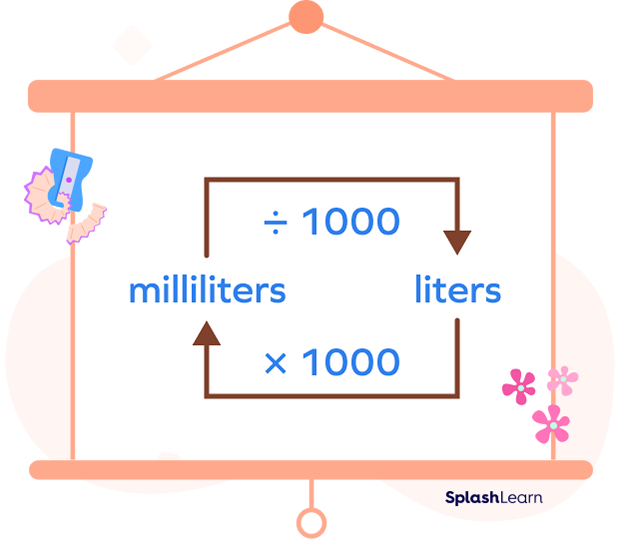
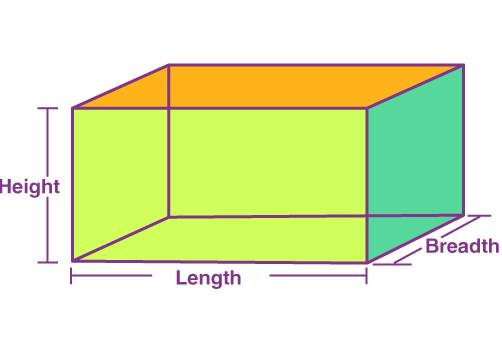
Finding the density of a regular solid.
1.) Measure and record the dimensions/lengths of each side of a cuboid using a ruler.
2.) Calculate its volume using
V = l x b x h
3.) Place each cube/cuboid on the balance and record its mass.
4.) Calculate the density using d = m/v
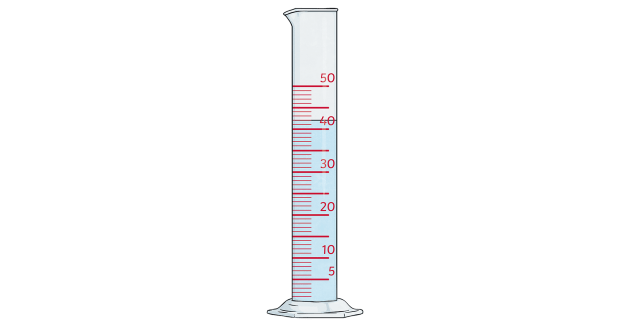
Finding the density of an irregular solid using a measuring cylinder.
1.) Place a number of coins/rivets on the digital balance and record their total mass.
2.) Put some water in a measuring cylinder.
3.) Read V1 before object is added and V2 when object is added.
4.) Volume of object = V2 - V1
5.) Calculate density using d = m/v
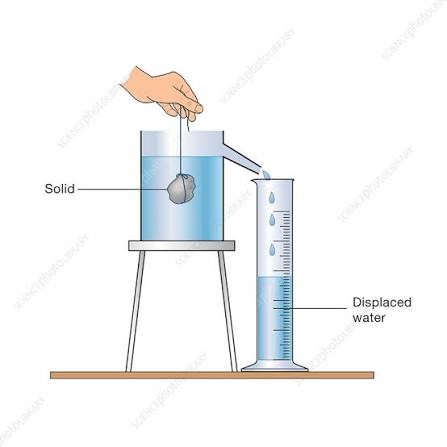
Finding the density of an irregular solid using the displacement can.
1.) Place each stone on the balance and record its mass.
2.) Fill the displacement can until it is about to overflow. Add the object.
3.) Measure the volume of each object by measuring the volume of water displaced into the measuring cylinder.
4.) Calculate density using d = m/v